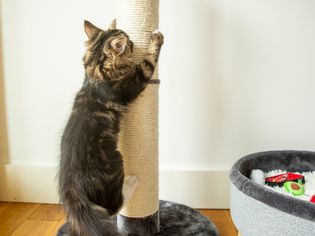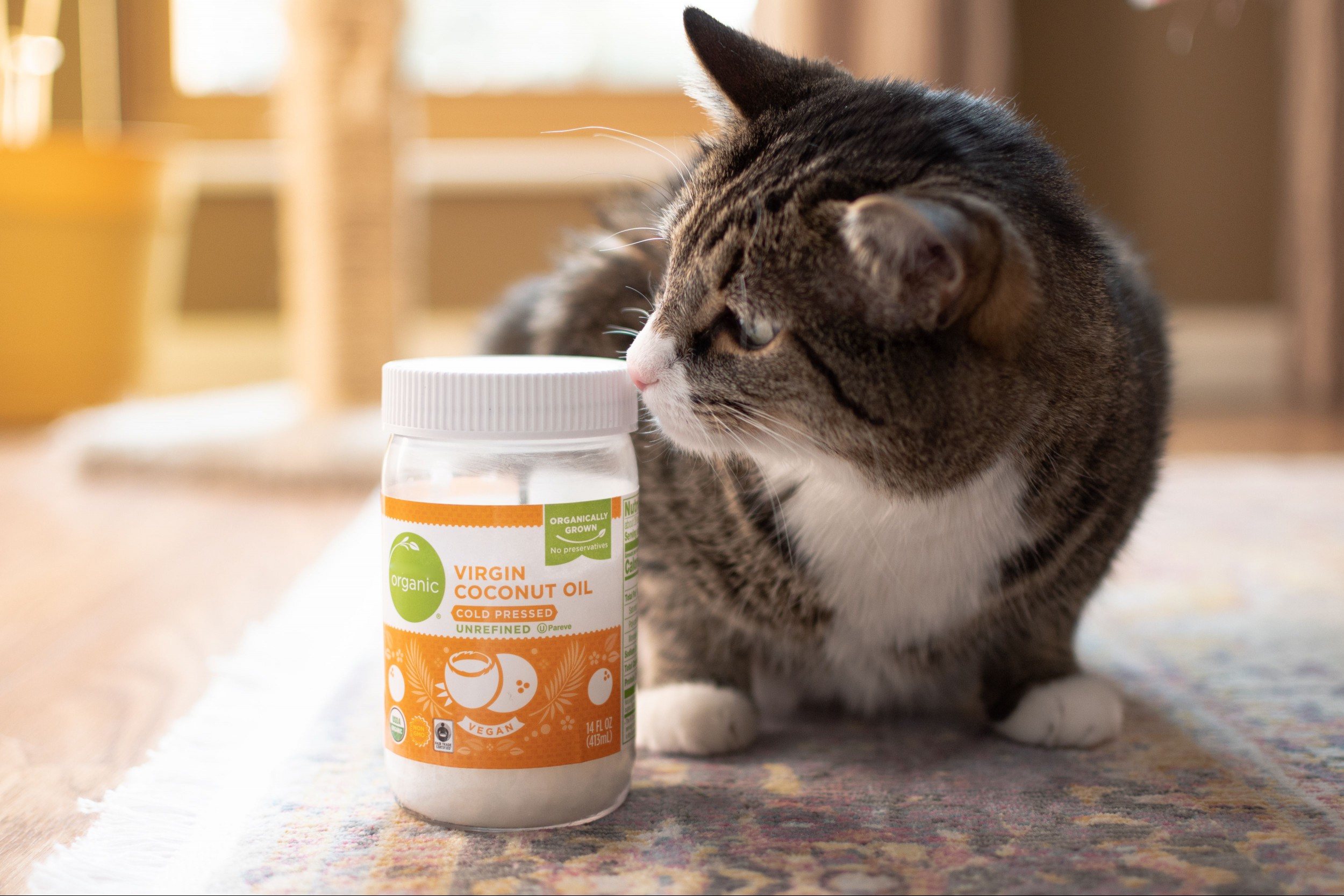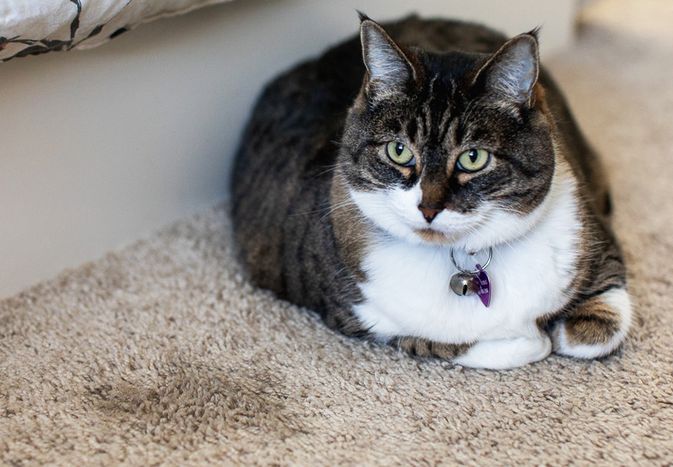
How to Stop Cats From Using a Sandbox as a Litter Box
If cats are using your child's outdoor sandbox as a litter box, then you have a few optio...
You may be surprised to learn that indoor cats can and do get fleas. While indoor cats may be less likely to get fleas compared to pets who roam outdoors, they can still be at risk for a number of reasons. It is important to know what to watch for and how to treat a flea infestation to keep your kitty safe and comfortable.
Fleas are tiny insects that live on a host animal and consume their blood. In cats and dogs, the most common species of flea is Ctenocephalides felis felis, commonly referred to as C. felis. Their basic life cycle involves the adults finding a host animal and then laying eggs, which contaminate the environment. The eggs usually hatch within 10 days and then larvae develop, eventually forming a pupa inside a cocoon. The cocoon is very hardy and can resist many insecticides. This stage can last up to 4 weeks in ideal conditions and a few months in harsh conditions before the adult emerges to start laying eggs all over again.
It is also important to know that fleas carry a risk of transmitting other diseases as well. Some of these include tapeworms, Bartonella bacteria, and plague (Yersinia pestis), which can cause disease in cats and dogs and sometimes humans too.
When you first consider the risk of fleas to your indoor cat, you may doubt that there is any way your pampered kitty would be at risk. However, there are a number of factors to consider.
Flea eggs and pupae are very hardy and can persist in the environment for quite some time, so your cat does not even have to have a direct encounter with another animal in order to get fleas. If another animal with fleas is in or near your home, it is possible for the flea eggs to enter the environment on carpets, shoes, or other materials.
Consider any possible ways your cat may encounter other animals that transmit fleas. Maybe your household has other pets that go outdoors, like a dog. Perhaps you have a balcony or deck where your cat occasionally suns itself and may encounter wildlife, including squirrels. Maybe there are mice or rats around your property or in your home and your cat occasionally hunts them. Or you live in an apartment building where there are other animals that may have fleas that pass through common areas. Finally, any kind of travel, including visits to the vet, may expose your cat to other animals and opportunities to pick up an unwanted hitchhiker like a flea.
An itchy cat with visible live fleas is the most common sign of a flea infestation, but this may not always be obvious. If you notice any of these signs, it is important to see your vet to confirm the diagnosis and make sure to treat any secondary problems, such as skin infections, discomfort, and/or tapeworms, while you get the fleas under control.
It is crucial to treat both your pets and the environment if you discover a flea infestation. If you recall the lifecycle of these fleas, they can persist in the environment in the form of eggs and pupa for a long time, so you want to make sure to attack this from all angles.
Be sure to treat all the pets in the home. There are currently many safe and effective products available to treat fleas in cats, either as an oral or topical formulation. Always use a cat-specific product as some products designed for dogs contain permethrin, which is toxic to cats.
Consult with your veterinarian to find the most appropriate product for your cat based on their age and any underlying health issues. They might suggest a combination of natural remedies and medications. The most effective products are the ones that target fleas at multiple stages of their lifecycle. You will likely need to treat for at least a few months to eliminate all of the fleas in all life stages from your pets and your home.
In addition to treating your pets, it is also important to treat the environment. This means eliminating eggs and pupa as much as possible by vacuuming and washing fabrics such as bedding, rugs, and toys. There are products aimed at killing fleas in the environment but for routine flea infestations this may not be necessary as long as the environment is thoroughly and repeatedly cleaned, and all pets are treated appropriately.
Prevention is key to protecting your cat.

If cats are using your child's outdoor sandbox as a litter box, then you have a few optio...

Cat humping isn't uncommon, even for neutered male cats. They'll hump other cats...

If you’re like most pet parents, your cat has probably become a member of your family. ...

Cats speak a different language than humans so their behaviors are often actually their w...

Cats don't scratch carpets out of spite or an instinct to destroy—scratching is a n...

Coconut oil has been used in cooking for decades but within the past several years its po...

Apples are one of the most popular fruits and you can find them almost anywhere. Coming i...

Got a cat peeing outside the litter box? Some cats start peeing anywhere and everywhere i...

Some cats will beg and plead for human food, especially when they see you eating. But, ca...
Comments on "Can Indoor Cats Get Fleas?" :